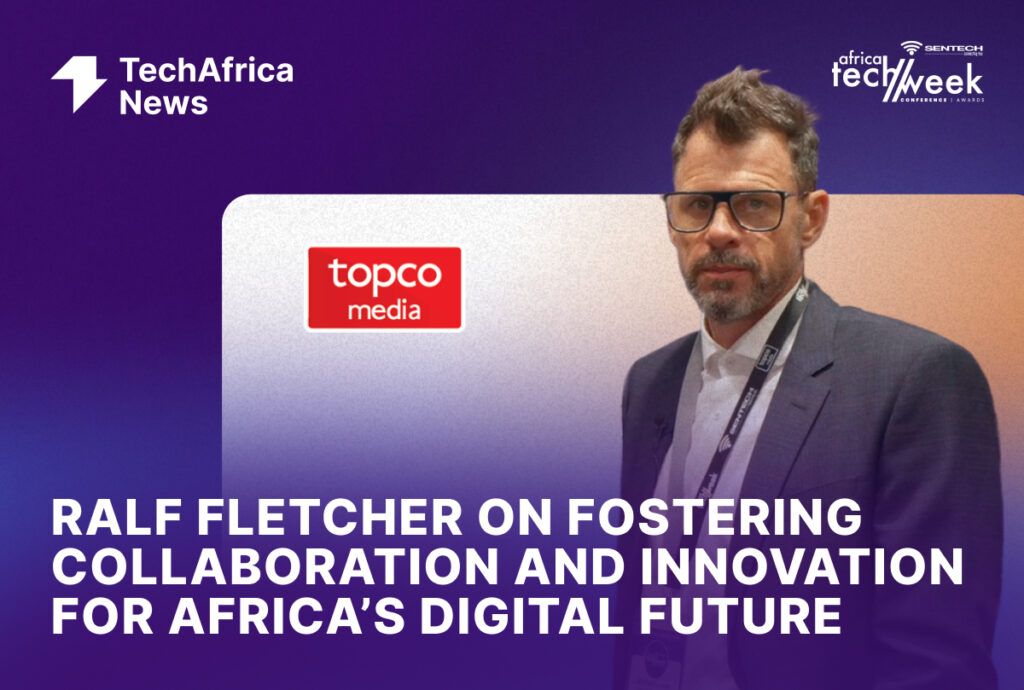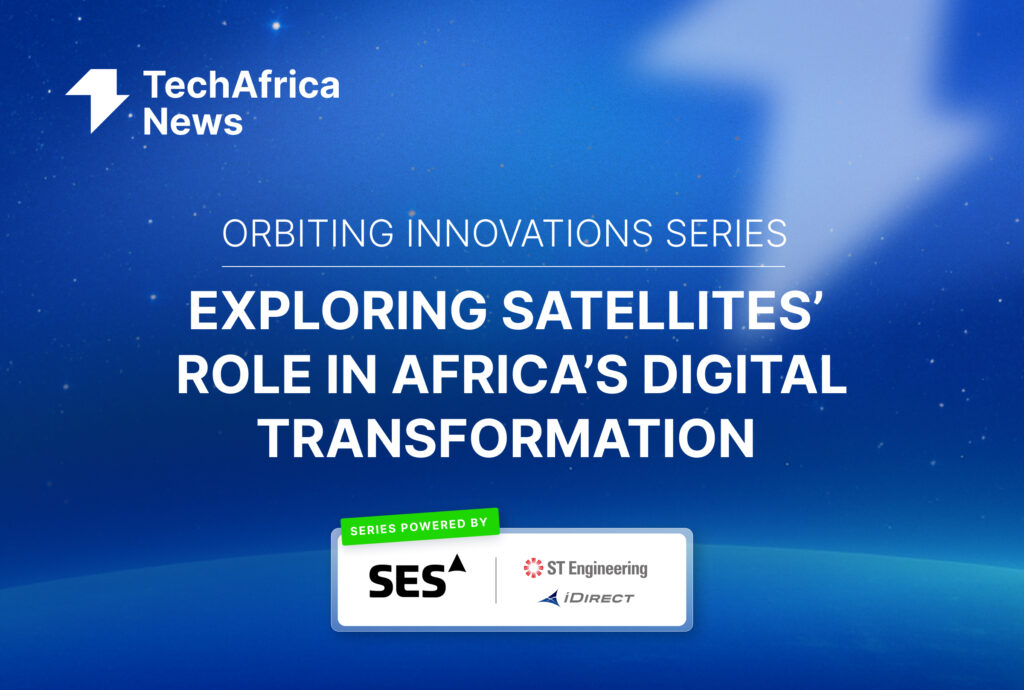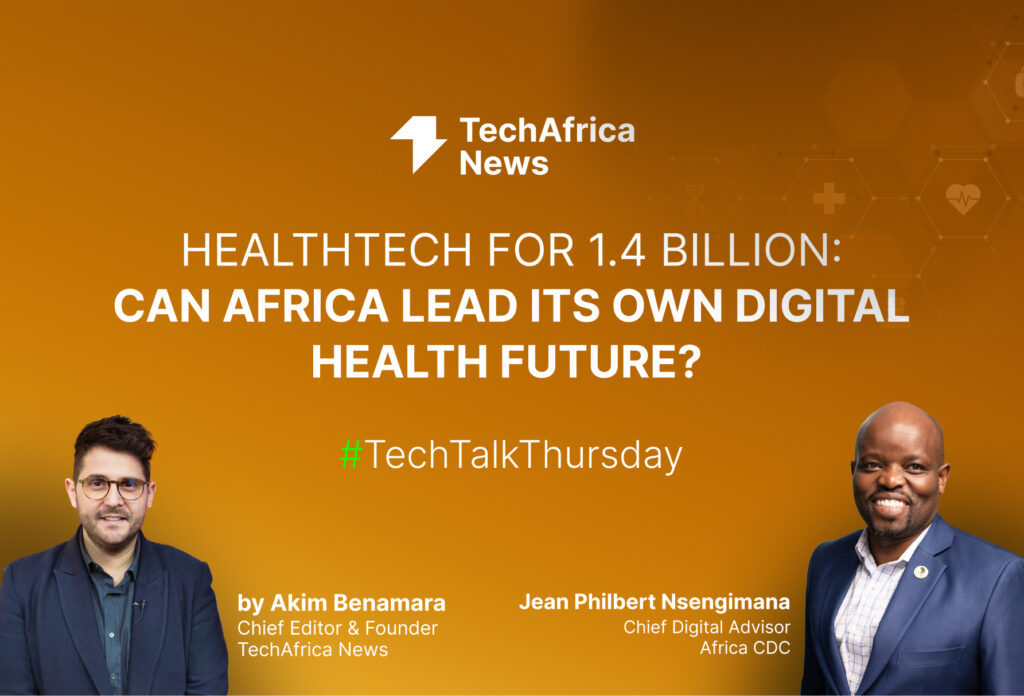Nokia at MWC 2025: Advancing Africa’s Digital Future with AI-Driven Connectivity and Network Infrastructure
At MWC 2025, TechAfrica News’ Chief Editor, Akim Benamara, engaged with Roque Lozano, Senior Vice President of Network Infrastructure for the Middle East and Africa at Nokia. Their discussion delved into Nokia’s showcase at MWC, the role of AI in networking, broadband expansion for underserved regions, and the future of fiber and fixed wireless access in Africa.

- 0:30Introduction & Nokia’s Showcase at MWC25
- 0:49Nokia’s AI Strategy
- 02:56AI as a Game-Changer
- 04:46Closing the Digital Divide in Africa
- 06:44Fixed Wireless Access in Africa
- 08:04Transforming Data Centers & Connectivity with AI
Nokia’s Vision: AI as a Game-Changer for Connectivity
When asked about Nokia’s focus at MWC 2025, Lozano emphasized the transformative potential of artificial intelligence. Lozano explained that Nokia approaches AI in two main ways: preparing networks for AI and using AI to optimize network operations. “That’s exactly what we’re demonstrating here—how AI can enhance connectivity in a meaningful way.”
He highlighted Nokia’s role in delivering holistic solutions that extend AI-driven connectivity from data centers to the edge and access networks. “We believe that this holistic approach is the only way to maximize AI’s capabilities.”
AI and the Future of Network Infrastructure
Lozano highlighted Nokia’s fixed wireless access (FWA) solutions, which integrate 4G, 5G, and fiber to provide seamless connectivity across homes, offices, and public spaces. Ensuring a consistent user experience regardless of location is key, and robust network infrastructure plays a vital role in enabling monetization opportunities, especially as AI demands high-performance connectivity across data centers, edge networks, and end-user premises.
Lozano compared AI to a super calculator that not only computes but facilitates automation and knowledge-sharing. However, he cautioned that AI’s effectiveness depends on network quality. Nokia’s focus, he said, is on performance, security, latency, and monetization to ensure AI-driven services can thrive.
Bridging the Digital Divide and Expanding Connectivity
Lozano reframed the digital divide as a digital opportunity. He emphasized that digital inclusion is not just a necessity—it’s a driver of sustainability and economic growth. Even in high-income regions, connectivity struggles to meet AI’s demanding requirements. As AI-powered applications continue to grow, ensuring access to reliable broadband is essential for digital transformation in both developed and emerging markets.
One of Nokia’s key solutions for expanding connectivity, particularly in Africa, is fixed wireless access (FWA). Lozano explained that FWA is currently the most advanced and widely adopted 5G use case because it enables rapid broadband deployment without the high costs of fiber.
AI-Optimized Connectivity and the Role of Data Centers
Turning to data centers, Lozano introduced Nokia’s Event-Driven Automation (EDA) platform, which enables automation and optimization of network operations. This allows developers to focus on monetization rather than technical complexities.
He explained that modern data centers often surpass entire metropolitan networks in terms of switching and routing infrastructure, making automation essential for efficiency and scalability.
“There are multiple domains in this space, but one of the most meaningful, in my view, is the solution we launched last year—our Event-Driven Automation (EDA) platform. With EDA, we’re not just improving connectivity inside the data center—what we call the data center fabric—with next-generation switches and microchips. We’re also automating that connectivity to ensure that software developers, whether focused on monetization or utilizing the data center, are not constrained by the complexity of communication.”
– Roque Lozano, Senior Vice President of Network Infrastructure for the Middle East and Africa at Nokia
The Transformative Power of AI-Driven Networks
Lozano sees AI-powered connectivity as the next major transformation. AI has the potential to revolutionize industries, from education and healthcare to e-government and retail.
“AI can improve any type of activity, any type of process—from go-to-market strategies to operational efficiency, from a shoemaker to a school to e-government applications,” he stated.
The key, he emphasized, is to harness AI and IP services to amplify human knowledge, ensuring that digital transformation empowers individuals and businesses across all sectors.
As AI continues to shape the digital landscape, Nokia is working to build smarter, more adaptive, and seamlessly integrated networks. Lozano’s vision is clear: the next era of broadband and data centers will be driven by intelligence, automation, and limitless opportunity.





